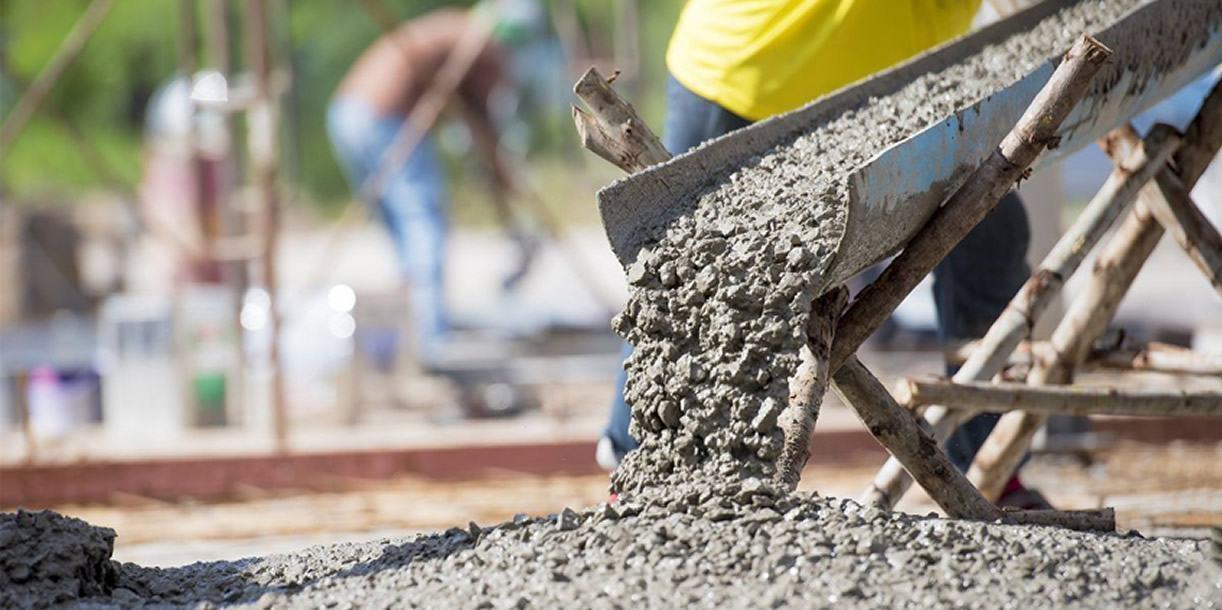When we say that something is durable, we mean that it is capable of resisting the external conditions it will face. Is the durability and strength of concrete the same thing? This time we will talk about the durability of concrete.
While it is true that we tend to use both terms as synonyms, it is not the same to say that concrete is durable as it is resistant. In fact, we could even say that one of the characteristics for concrete to be durable is its resistance, but it is not the only one.
In addition, for the durability of concrete, we must take into account the conditions that the concrete will face, with the intention of being able to obtain a concrete mix that is really durable in this situation. In this context, the admixtures we use in the concrete mixes will make it more or less durable according to the external conditions that may affect it. That is why I advise you to never replicate a blueprint, construction procedure or specifications from one project to another, because each project has its own requirements. These are specified in the plans made by a specialist and we, as good masters of construction, must follow these indications.
3 factors that affect the durability of concrete
There are different factors that affect this property of concrete, for example, environmental factors are one of the most common, but they are not the only ones. These are three of the factors that have the greatest impact on the durability of concrete:
1. Freezing and thawing
Due to the low temperatures in certain areas of our country, the water present in the capillary pores of the concrete can freeze which, as a consequence, contributes additional internal pressure to the concrete causing cracks, followed by disintegration. Air-entraining admixtures are used to solve this problem.
2. Chemically aggressive environments
Chemically contaminated environments can also affect the durability of concrete. For example, one agent that can damage concrete is sulfate, which can cause progressive cracking and shedding that can make concrete brittle or soft.
3. Corrosion of rebar in concrete
As a consequence of the absorption of salts from humid environments, for example, Lima, which are deposited on the steel, weakening it over time. The concrete can absorb the salts dissolved in the environment, which will move internally, until they reach the iron placed inside it. These salts are then deposited on the steel, slowly disintegrating it over time. Finally, these salts crack and delaminate the surrounding concrete.











